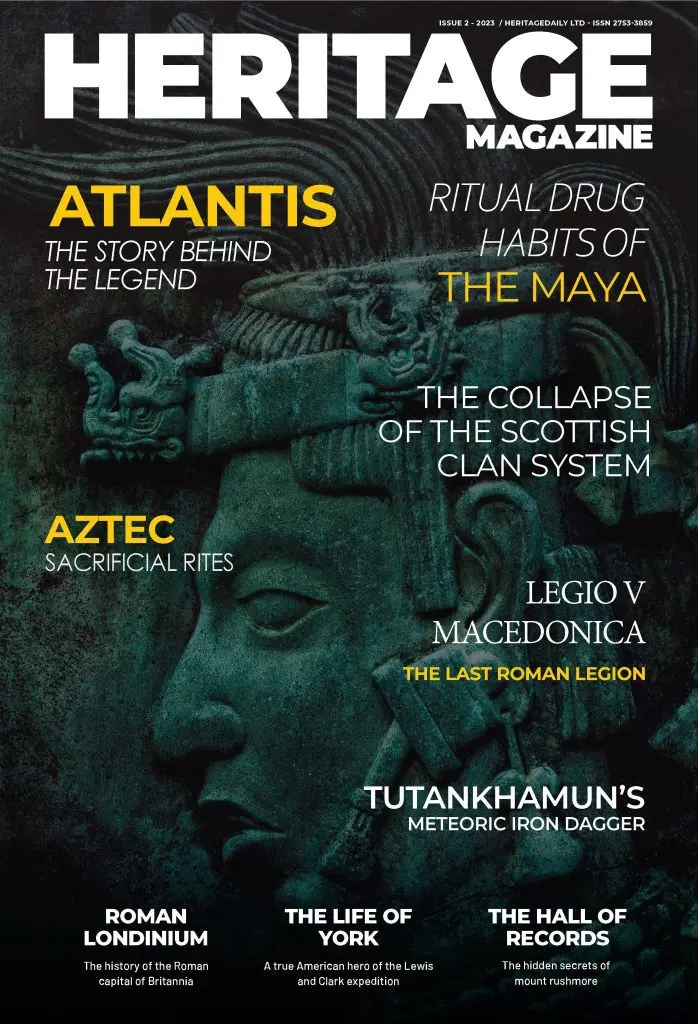Professor Martin Richards, of the Archaeogenetics Research Group at the University of Huddersfield, has published a paper uncovering new information about how Ashkenazi Jewish men moved into Europe from the Middle East, and their marriage practices with European women.
The origins of Ashkenazi Jews – that is, Jews with recent ancestry in central and Eastern Europe – is a long-standing controversy. It is usually assumed that their ancestors migrated into Europe from Palestine in the first century AD, after the destruction of the Second Temple by the Romans, with some intermarriage with Europeans later on.
But some have argued that they have a mainly European ancestry, and arose by conversion to Judaism of indigenous Europeans, especially in Italy. Others have even argued that they were largely assimilated in the North Caucasus during the time of the Khazar Empire, whose rulers turned to Judaism around of the tenth century AD.
Archaeogenetics can help to resolve this dispute. Y-chromosome studies have shown that the male line of descent does indeed seem to trace back to the Middle East. But the female line, which can be illuminated by studies of mitochondrial DNA has until now proved more difficult to interpret. This would be especially intriguing because Judaism has been inherited maternally for about 2000 years.
We have settled this issue by looking at large numbers of whole mitochondrial genomes – sequencing the full 16,568 bases of the molecule – in many people from across Europe, the Caucasus and the Middle East. We have found that, in the vast majority of cases, Ashkenazi lineages are most closely related to southern and western European lineages – and that these lineages have been present in Europe for many thousands of years.
This means that, even though Jewish men may indeed have migrated into Europe from Palestine around 2000 years ago, they brought few or no wives with them. They seem to have married with European women, firstly along the Mediterranean, especially in Italy, and later (but probably to a lesser extent) in western and central Europe.
This suggests that, in the early years of the Diaspora, Judaism took in many converts from amongst the European population, but they were mainly recruited from amongst women. Thus, on the female line of descent, the Ashkenazim primarily trace their ancestry neither to Palestine nor to Khazaria, but to southern and western Europe.
Header Image : Model of Herod’s Temple (a renovation of the Second Temple) in the Israel Museum







